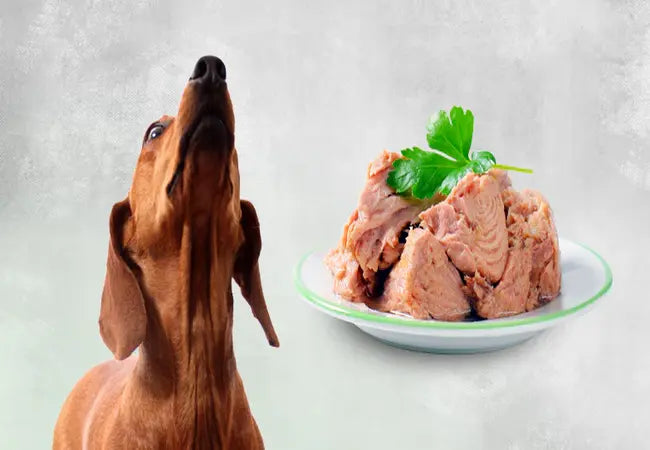Vet‑Approved 2025 Guide: Can Dogs Eat Pork? Safe Tips, Risks & Vet‑Recommended Treats 💉🐶

In this article
Vet‑Approved 2025 Guide: Can Dogs Eat Pork? Safe Tips, Risks & Vet‑Recommended Treats 💉🐶
By Dr. Duncan Houston BVSc
Pork often smells irresistible—but is it safe for your dog? In this comprehensive 2025 guide, Dr. Duncan Houston BVSc explains when pork can be okay, the hidden dangers, safe preparation, and better treatment alternatives to keep your pup healthy and happy. 🩺🐾
✅ When Plain Pork Is Safe
Cooked, plain pork (lean cuts like tenderloin or loin chops, fully trimmed of fat) is generally safe in moderation and counts as high-quality protein. It's digestible, tasty, and may occasionally serve as a training reward—up to 10% of their daily calories.
⚠️ Risks You Need to Know
- Parasites: Raw/undercooked pork can harbor Trichinella spiralis, causing GI upset, fever, muscle pain.
- Foodborne illness: Bacteria (Salmonella, Yersinia) from raw meat can cause vomiting, diarrhea.
- High fat: Fatty pork or processed pork (bacon, sausage, ham) raises the risk for pancreatitis, weight gain, and GI upset.
- Seasonings: Garlic, onion, high sodium, or preservatives can be toxic or harmful.
- Bones: Both cooked and raw pork bones can splinter and cause choking, mouth injury, or blockages.
🍽️ Safe Eating Guidelines
- Cook pork thoroughly—ground to 160°F, steaks/chops to 145°F or more.
- Use lean cuts only; remove all visible fat.
- Limit treats to ≤10% of total daily calories.
- No bones—ever—even raw. Choose safer chew alternatives.
- Avoid seasoning and processed pork products.
🩺 Signs to Watch After Feeding
- Vomiting, diarrhea, or abdominal discomfort
- Lethargy or a decrease in appetite
- Signs of pancreatitis: abdominal pain, repeated vomiting, lethargy.
- Trauma from splintered bones: oral pain, choking, difficulty swallowing
- Signs of parasitic illness: fever, muscle pain, stiffness.
If you spot any signs, contact your vet immediately.
🐾 Vet‑Recommended Alternatives
Instead of pork, opt for:
- Plain, cooked chicken, turkey, or beef—lean and unseasoned.
- VOHC‑approved dental chews or rubber toys that meet your dog’s chewing level.
- Commercial dog treats should be reviewed by your vet or a veterinary nutritionist.
🛠️ Tools for Safe Treating
- Ask A Vet: Quickly check if your dog’s symptoms after eating pork are normal or concerning.
🏁 Final Takeaway
Pork can be an occasional treat if it's plain, lean, boneless, and fully cooked—but the risks often outweigh the benefits. Parasites, high fat, seasoning, and especially bones pose significant threats. Vet‑approved alternatives offer safer and healthier ways to reward your dog. Always supervise treats, talk to your veterinarian before introducing new foods, and prioritize your dog’s long-term well‑being. 🐶❤️






